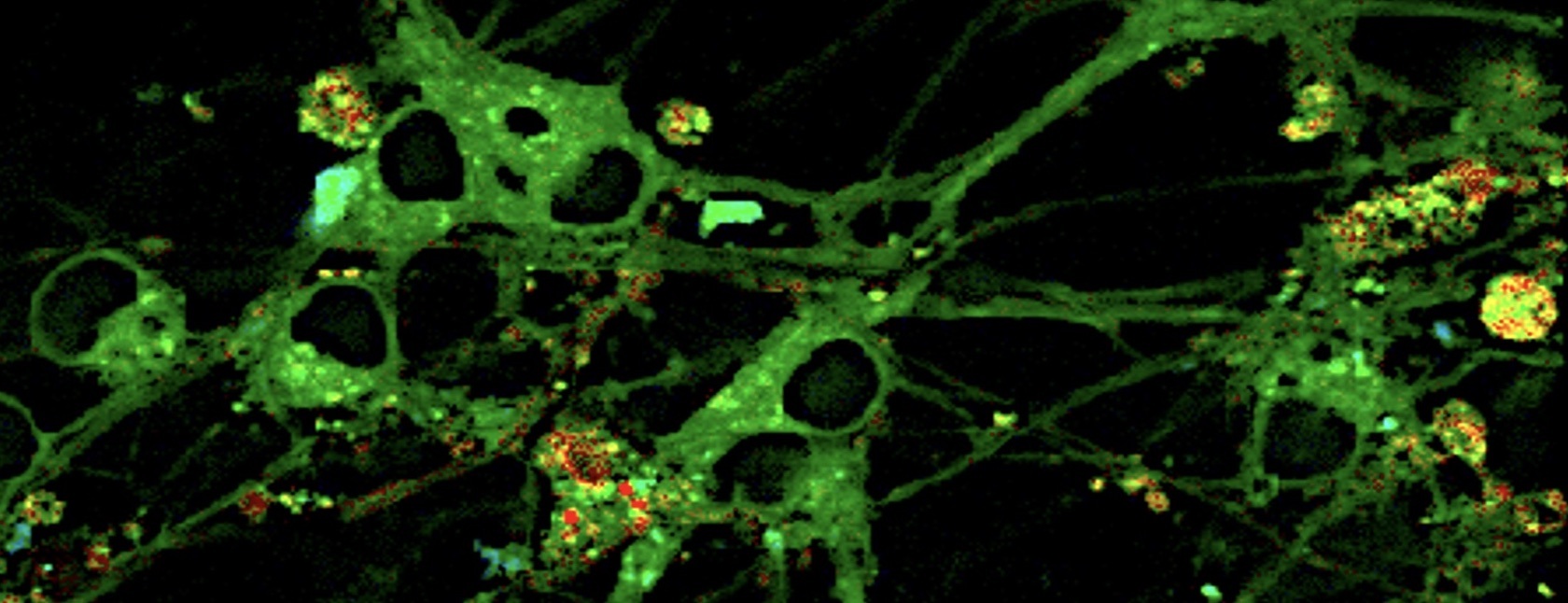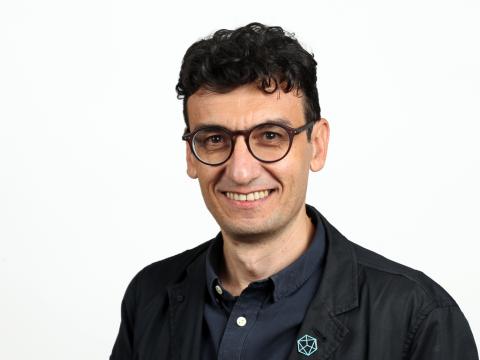Biography
Prof Edward Avezov received his BSc and MSc degrees from Gorge Wise Faculty of Life Science at Tel-Aviv University, where he also completed his PhD in cell research and immunology in 2010. Edward conducted his postdoctoral work in the University of Cambridge Wellcome-MRC Institute of Metabolic Science and Cambridge Institute for Medical Research till 2017 with Prof David Ron, FRS. Quantitative cell biology in the context of human disease has been at the core of his research. Working on the interface of biomedical, physics and mathematical sciences, he developed cross-disciplinary know-how for probing intracellular chemical and physical processes in real-time. This enabled discoveries of unexpected features of Endoplasmic Reticulum (ER), among which is an active ER luminal transport mechanism. These findings provide insights into the roles of the ER and its morpho-regulation in neuronal (patho)physiology. Edward is currently a UK DRI Group Leader running an interdisciplinary programme which seeks understanding of early contributions of fundamental cellular processes, such as Endoplasmic Reticulum transport, to neurodegeneration.
Avezov Lab
Explore the work of the Avezov Lab, using state-of-the-art cell biology and microscopy techniques to shed new light on the roles of the ER in helping maintain neuronal health, and its role in disease

